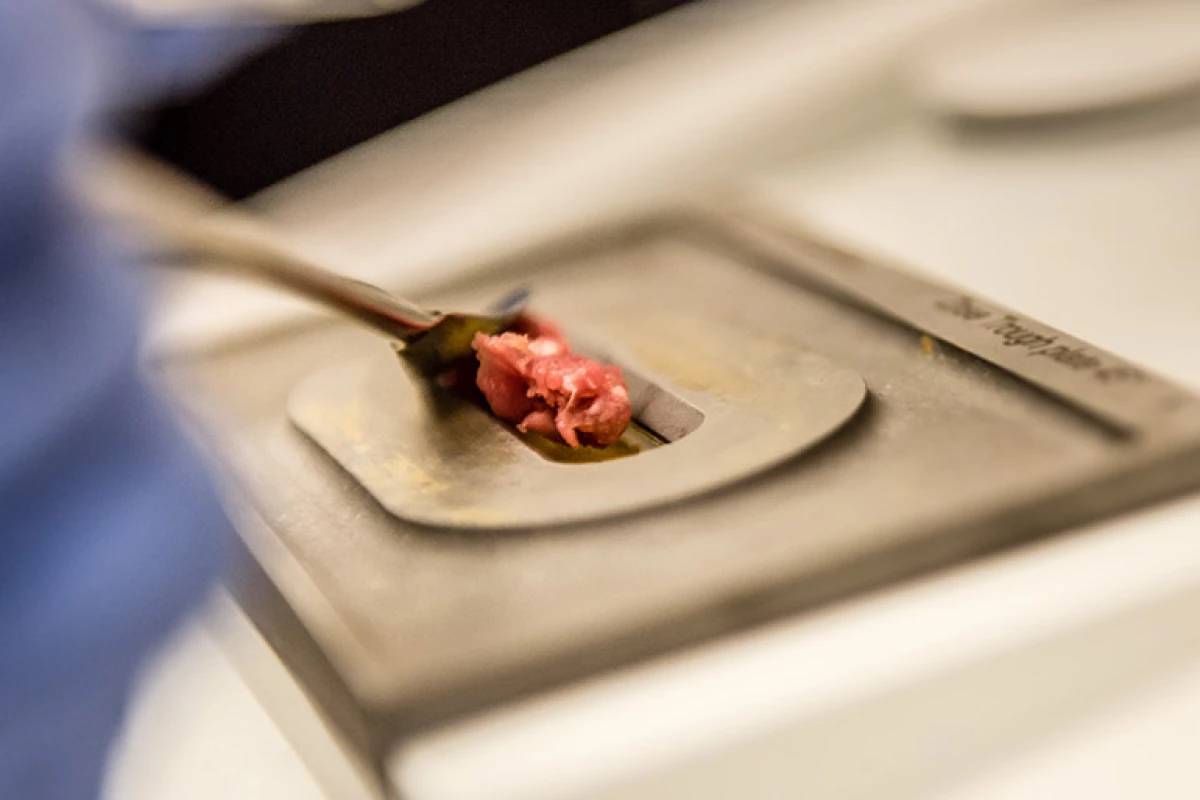That ground beef that you're buying may not be 100 percent ground beef. Sometimes, unscrupulous meat producers will mix in ground offal (internal organs), in order to stretch their beef supply farther. A new technique developed at the University of British Columbia, however, uses a laser to detect the presence of such cow innards.
Led by PhD candidate Yaxi Hu, researchers started by grinding together beef and various types of offal at various concentrations, resulting in an array of samples. They then used a spectrometer to analyze the manner in which each of those samples' unique molecular structure scattered and absorbed laser energy.
This resulted in a library of spectral signatures, each one of which was specific to each sample. That library then served as a reference for other samples that were subsequently analyzed using the spectrometer – the signatures of new samples, in which offal content was unknown by the people conducting the test, could simply be compared to those already on file.
In lab tests, the scientists could determine with 99 per cent accuracy whether ground beef samples included other animal parts. They were also 80 percent accurate at identifying which parts were present, and in what concentration.
Currently, the purity of ground beef is assessed using techniques such as liquid chromatography, in which samples must be liquified using solvents. This can take more than an hour. By contrast, the new method takes just minutes.
"The instrumentation for this technique is not that complex," says Hu. "So, if government or industry wants to do some rapid screening, they don't need to find highly trained personnel to conduct the experiment."
Ultimately it is hoped that the technology could find use in consumer devices, for testing different types of food at home.
A paper on the research was recently published in the journal Scientific Reports.
Source: University of British Columbia




